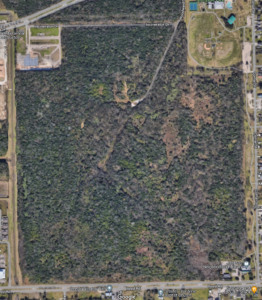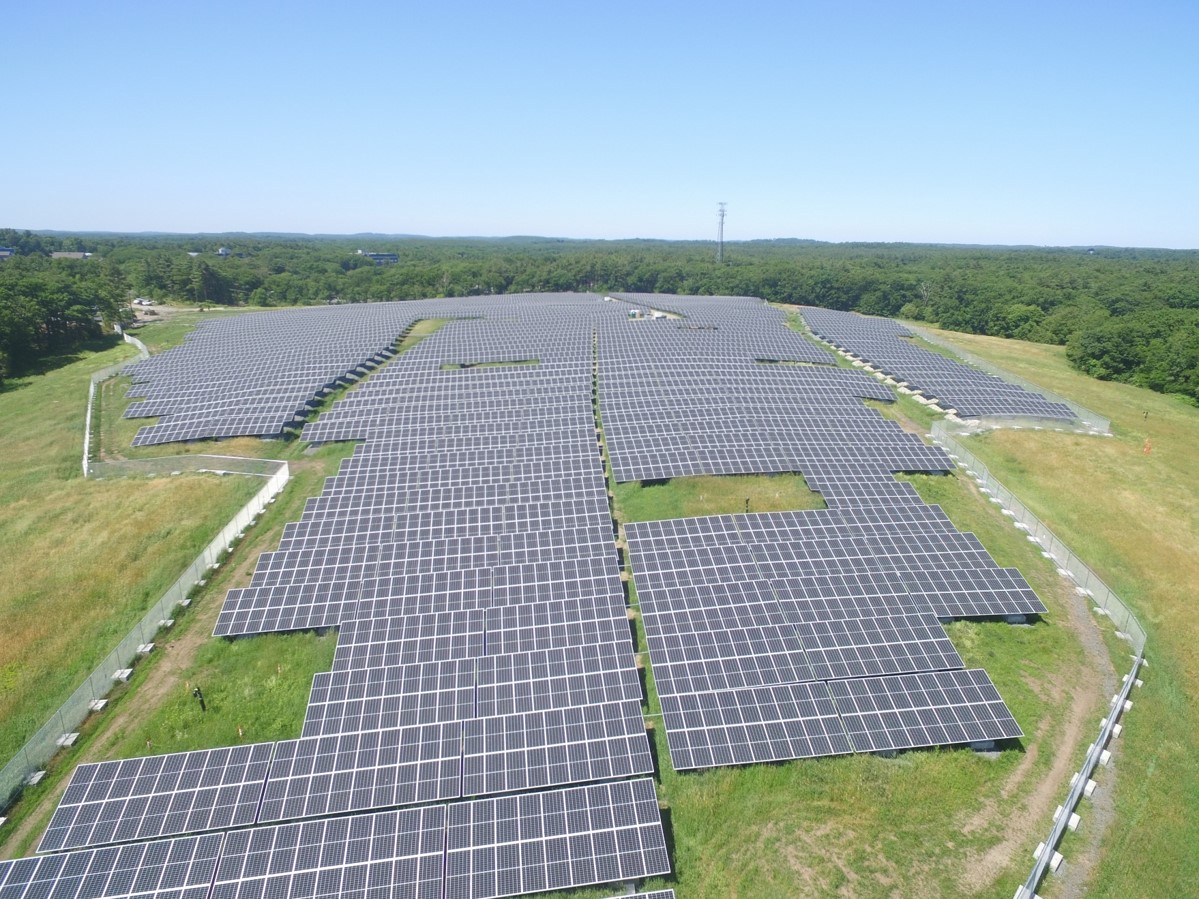A 52 MW solar project is set to be installed on a former landfill site in Houston, Texas, bringing renewable energy closer to the city. Not only does the project make use of land space with limited second-life uses, but it also places electricity generation closer to the demand center of the city, alleviating problems with congestion at the transmission level, a key challenge for the Texas grid.
Most of the project, 50 MW, will be utility-scale electricity, delivered by Centerpoint Energy, and owned and operated by the project developers Wolfe Energy and BQ Energy. The remaining 2 MW will be dedicated as community solar projects.
The project is expected to bring 100 jobs to the local community, create enough power for 5,000 to 10,000 homes with clean, locally generated electricity, and offset 54,432 metric tons of carbon emissions each year, the equivalent of the carbon output of 43,000 gas-powered cars on the road annually.
This April, the project received approval from the Texas Commission on Environmental Quality to build the array. It is slated to break ground in early 2023 and reach commercial operations in July 2023.
The project will also boost the resilience and reliability of power in the area by adding 150 MWh of battery energy storage. The duration of the energy storage has not been announced, but often batteries range from one to two hours and almost always four or less in the Texas ERCOT grid region.
At the RE+ conference in San Antonio, solar developer 8minute energy said 95% of a 2-hour duration battery’s revenue comes in the first hour of energy dispatch. Most batteries are designed to meet peak energy demand on the Texas grid, rather than the California grid, which has moved to a longer-duration capacity-based energy storage market designed to serve the diurnal cycles of solar generation.

Image: Google Maps
The landfill project was launched in 2017, when the city of Houston joined the C40 Reinventing Cities Competition, a global competition that focuses on transforming underutilized parcels of land into sustainable and resilient urban projects. The city of Houston ran a survey of such parcels and decided the 240-acre former landfill in the Sunnyside community near downtown had great potential for making improvements in both clean energy buildout and environmental justice and economic development goals.
The city issued a request for proposals on how to repurpose the land, and after reviewing the plans, it announced in 2019 that it selected the Sunnyside Energy solar project. The plan called for solar, storage, and an agricultural hub and training center.
Also included in the proposal are plans to create partnerships with the surrounding historically disadvantaged community. House Representative Al Green secured $750,000 in discretionary funds from Congress to create a solar workforce training program at the nearby Sunnyside Community Center.
Houston will lease the land to the Sunnyside Energy group for $1 per year, and the project team will oversee the design, construction, operation, and maintenance of the array.
Rocky Mountain Institute said there are more than 10,000 closed and inactive landfills across the country, offering an opportunity for solar development. It developed a comprehensive report, “The Future of Landfills is Bright,” designed for elected officials, policymakers, planners, and developers, to learn how landfill solar can be part of a broader clean energy and land-use strategy to achieve ambitious community-wide climate, sustainability, and environmental justice goals.
This content is protected by copyright and may not be reused. If you want to cooperate with us and would like to reuse some of our content, please contact: editors@pv-magazine.com.









By submitting this form you agree to pv magazine using your data for the purposes of publishing your comment.
Your personal data will only be disclosed or otherwise transmitted to third parties for the purposes of spam filtering or if this is necessary for technical maintenance of the website. Any other transfer to third parties will not take place unless this is justified on the basis of applicable data protection regulations or if pv magazine is legally obliged to do so.
You may revoke this consent at any time with effect for the future, in which case your personal data will be deleted immediately. Otherwise, your data will be deleted if pv magazine has processed your request or the purpose of data storage is fulfilled.
Further information on data privacy can be found in our Data Protection Policy.